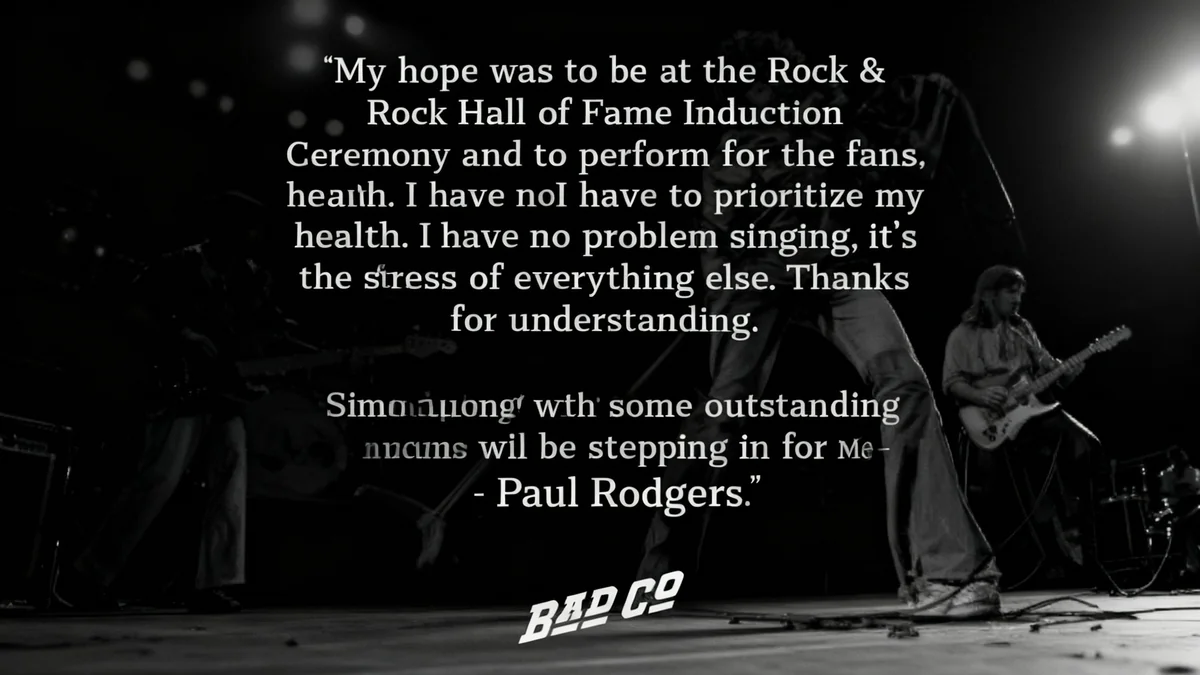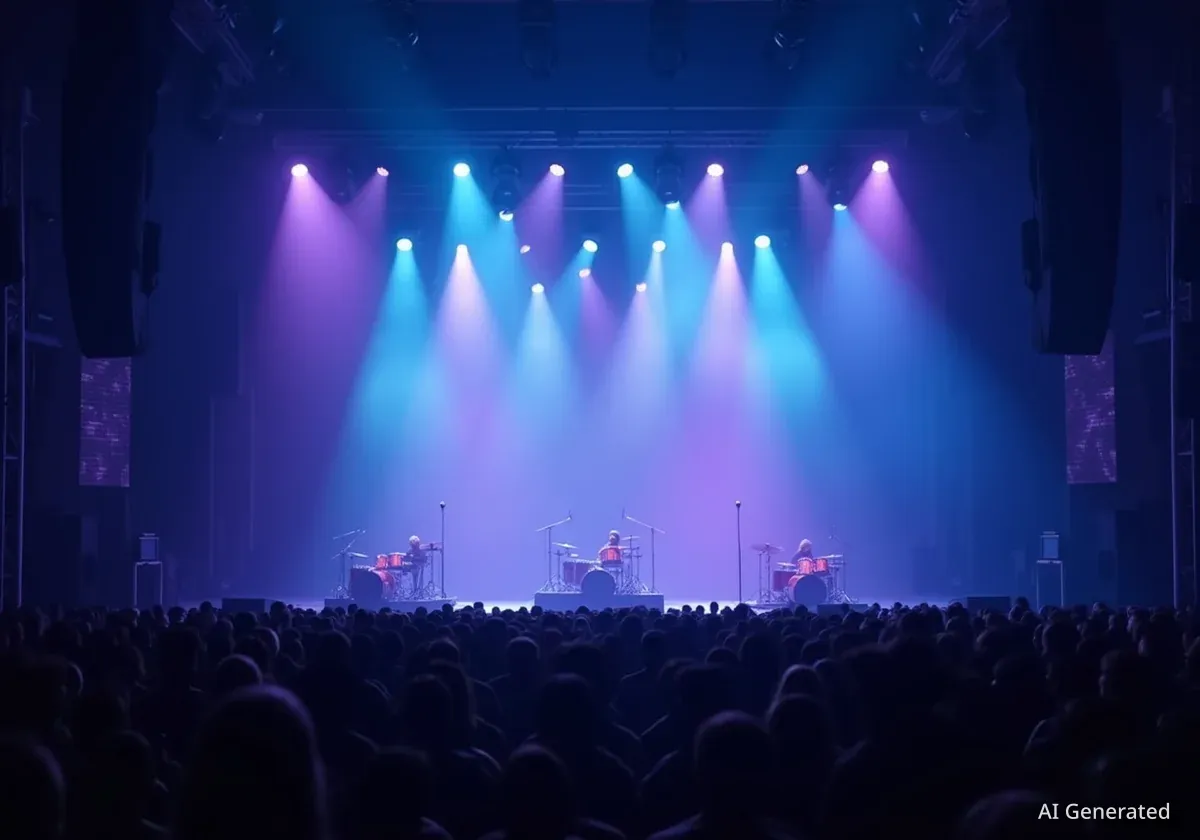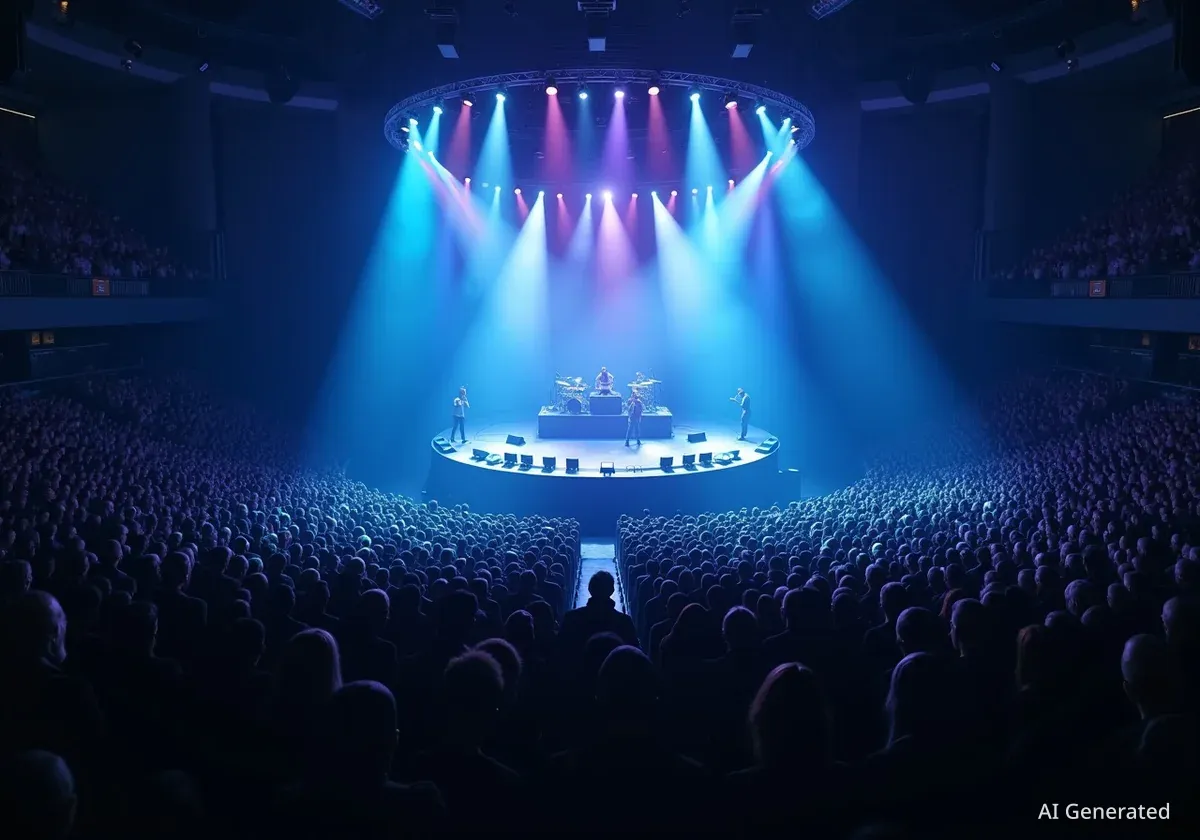Fifty years after its original recording, Queen's groundbreaking song "Bohemian Rhapsody" continues to captivate audiences worldwide. The iconic track, known for its complex structure and operatic sections, was largely created within the walls of Rockfield Studios in the Welsh countryside. This location served as a creative hub for Freddie Mercury, Brian May, John Deacon, and Roger Taylor during the development of their fourth album, "A Night at the Opera," in 1975.
The studio, established by musician-farmers Charles and Kingsley Ward in the 1960s, provided the band with a secluded environment to experiment. This setting was crucial for a song that would defy conventional rock music standards and eventually become one of the most streamed 20th-century tracks on platforms like Spotify.
Key Takeaways
- "Bohemian Rhapsody" was recorded at Rockfield Studios in 1975.
- The song celebrates its 50th anniversary this year.
- It was revolutionary for its length and three distinct musical sections.
- The track achieved global success, notably after its inclusion in the film "Wayne's World" in the U.S.
- Freddie Mercury's creative process at Rockfield was remembered as quiet and focused.
The Genesis of a Masterpiece at Rockfield
In 1975, the members of Queen spent two weeks living and working at Rockfield Studios. They were immersed in the creation of "A Night at the Opera," an album that would solidify their place in music history. It was during this period that "Bohemian Rhapsody" began to take its definitive shape, a process that involved intense collaboration and creative freedom.
Kingsley Ward, one of the studio's founders, now 85, reflected on those sessions. He stated that no one at the time fully grasped the future impact of "Bohemian Rhapsody." He described the atmosphere as focused, with the band members often waiting for Freddie Mercury to finalize what they then called "Freddy's thing."
"I don't think anybody realized at the time that 'Bohemian Rhapsody' would end up the iconic record it was," Kingsley Ward recalled.
Revolutionary Sound and Structure
The main studio at Rockfield, which remains in active use today, was where Queen meticulously crafted the song. They divided it into three distinct parts: a choral introduction, a hard rock segment, and an operatic middle section. This innovative approach was unprecedented for a rock track, especially given its nearly six-minute runtime.
The blend of these diverse musical styles created a sound that was truly revolutionary. It challenged the norms of popular music and demonstrated a new level of artistic ambition for a rock band.
Did You Know?
"Bohemian Rhapsody" was No. 1 twice in the U.K. It also made history by featuring the first ever promotional rock video, a pioneering move in the music industry.
Freddie Mercury's Creative Space
Kingsley Ward remembered Freddie Mercury as a "very quiet, unassuming and just a genuinely nice person, wasn't flamboyant at all" during their time at Rockfield. This description contrasts with Mercury's later flamboyant stage persona, highlighting his intense focus on songwriting.
Ward recounted how Mercury often worked alone in what is now an office, with an old piano in the corner. From this room, Mercury could see an old farm wind vane. This detail has fueled speculation about the inspiration for the song's famous line, "any way the wind blows." While unconfirmed, it remains a compelling part of the song's lore.
Global Impact and "Wayne's World"
While "Bohemian Rhapsody" quickly soared to the top of the British charts upon its release, its journey to mega-hit status in the United States took longer. It was not until 17 years later, with its prominent feature in the 1992 film "Wayne's World," that the song achieved widespread popularity across the U.S. Today, it boasts nearly 3 billion streams on Spotify, making it the most streamed 20th-century song.
The Enduring Legacy
The song's impact extended far beyond its initial release. Its innovative structure and theatricality paved the way for other artists to experiment with musical forms. Kingsley Ward summarized its significance by calling it "probably the greatest record ever made, a rock record, because it changed the dynamics of music, and people now realize they can do anything with music."
- The song demonstrated that rock music could incorporate operatic elements.
- Its length challenged the typical radio single format.
- The accompanying music video set a new standard for promotional content.
- It proved that complex, non-traditional songs could achieve massive commercial success.
The continued popularity of "Bohemian Rhapsody," half a century later, speaks volumes about its timeless appeal and enduring influence. It stands as a testament to Queen's artistry and the creative environment fostered at Rockfield Studios.
The Studio's Lasting Influence
Rockfield Studios itself holds a significant place in music history. Beyond Queen, it has hosted numerous other legendary artists and bands, contributing to countless iconic recordings. The Ward brothers' vision of creating a residential studio in a peaceful rural setting proved to be a fertile ground for musical innovation.
The studio's ability to provide both isolation and state-of-the-art recording facilities made it ideal for bands seeking to escape urban distractions and fully immerse themselves in their craft. This environment allowed artists like Queen to push creative boundaries without external pressures.
A Historic Landmark for Music
The enduring legacy of "Bohemian Rhapsody" is intertwined with the history of Rockfield Studios. The studio continues to be a pilgrimage site for music enthusiasts and a working facility for contemporary artists, maintaining its reputation as a place where musical magic happens. The stories from its past, like Freddie Mercury's quiet songwriting sessions, add to its mystique.
As the song approaches its 50th anniversary, its origin story at Rockfield Studios serves as a reminder of the unique confluence of talent, vision, and environment that can produce a truly revolutionary work of art.




